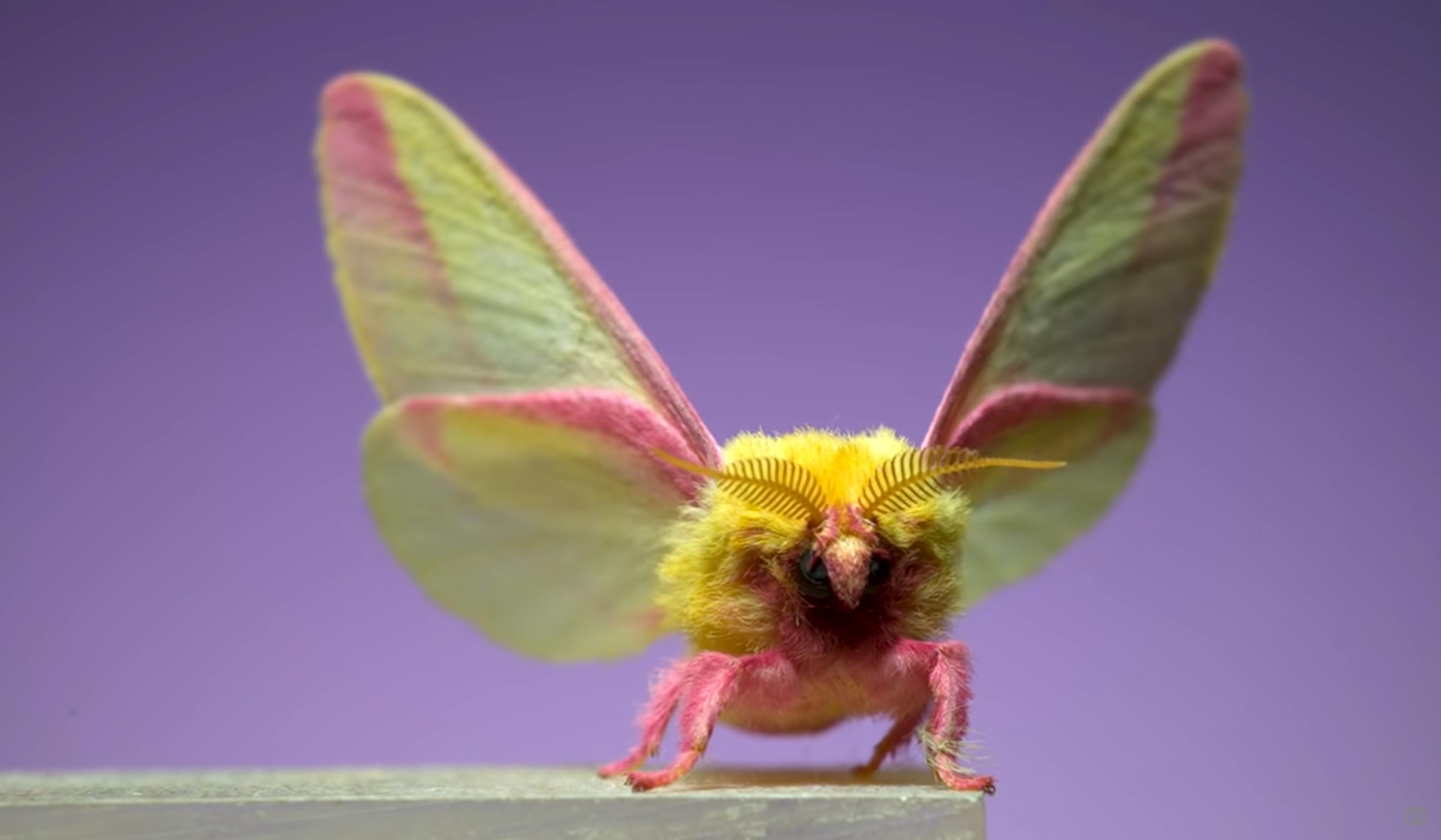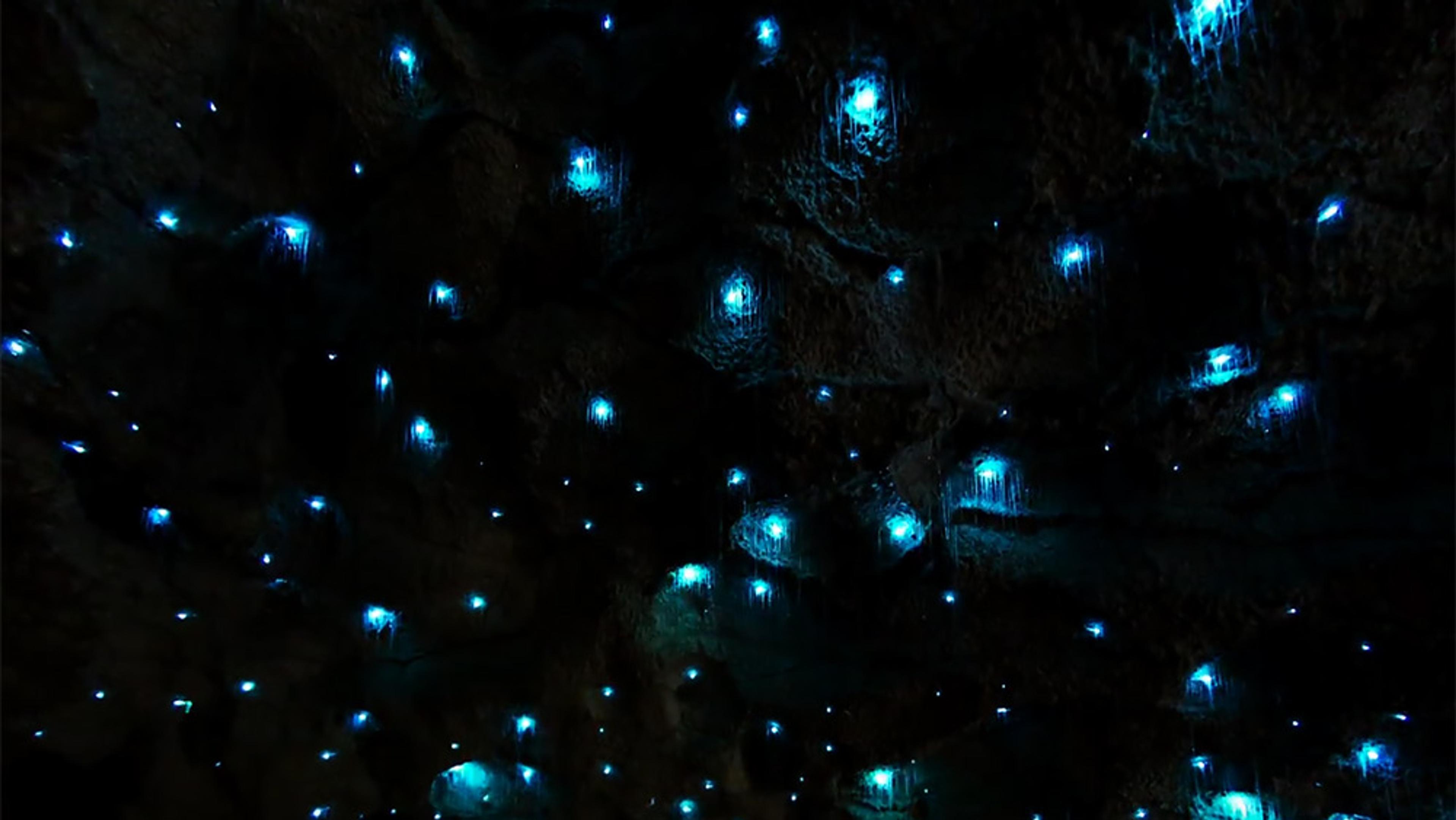To the naked eye, the organism Physarum polycephalum – commonly referred to as ‘slime mould’ – might seem an unexceptional creature, despite its bright-yellow glow, as its acellular existence is dedicated to tracking nutrients at a speed of 1mm per hour. But this protist’s surprising computational cunning becomes apparent when viewed in time-lapse, revealing a life form that seems to possess intelligence despite lacking a nervous system. Between 2009 and 2018, the UK artist and researcher Heather Barnett conducted a series of clever experiments in which she probed slime moulds’ capacities for forming complex tube networks and adjusting to obstacles. For this short film, Aeon Video compiled Barnett’s ‘creative collaborations’ with P polycephalum into a montage that builds in complexity, emphasising the slime moulds’ surprisingly sophisticated capacities for problem-solving.

videoBiology
Could organless plasmodial slime mould hold secrets about intelligent life?
2 minutes

videoBiology
An ode to the humble rotifer – one of nature’s simplest and strangest creatures
9 minutes

videoBiology
Dive deep into an egg cell to see how ageing reboots when a new life begins
2 minutes

videoBiology
Pearls before squid: how a cephalopod is born, in stunning microscopy footage
5 minutes

videoBiology
Witness the majesty of moths taking flight at 6,000 frames per second
5 minutes

videoMathematics
Why is a mathematician studying fungus?
3 minutes


